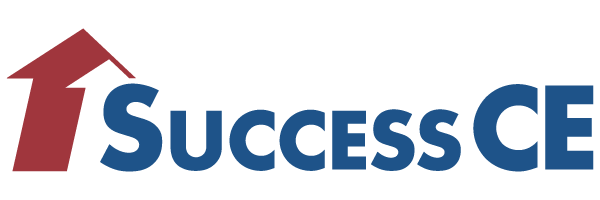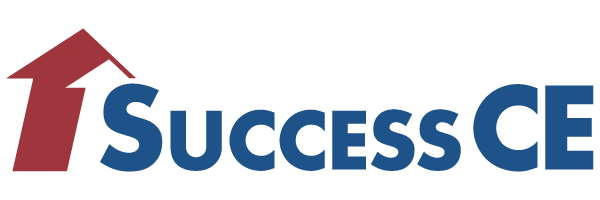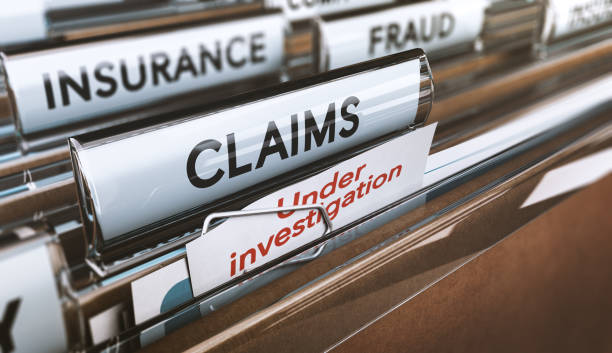
Becoming a Certified Financial Planner (CFP) is a significant step in one’s career within the financial services industry. Whether you’re a seasoned professional in the insurance business or someone just starting out, obtaining CFP certification can open up new avenues for personal and professional growth. The designation is not only a testament to your commitment but also a recognition of your expertise in providing comprehensive financial advice.
Enhanced Professional Credibility
Achieving CFP certification instantly elevates your professional credibility. Clients and employers often look for qualifications that demonstrate expertise and commitment to ethical standards. The CFP designation is widely recognized and respected in the financial planning community, giving you a competitive edge in the insurance business. Possessing this certification assures clients that you are not only experienced but also committed to maintaining the highest professional standards.
Comprehensive Knowledge Base
The CFP curriculum covers a broad spectrum of financial planning topics, including insurance, investment planning retirement planning, and estate planning. This comprehensive knowledge equips you to provide holistic financial advice to your clients. As an insurance professional, adding this depth to your skill set enables you to offer more robust and well-rounded solutions to your clients. This breadth of understanding positions you as a trusted advisor capable of addressing various facets of your clients’ financial lives.
Client Trust and Confidence
Clients seek financial professionals who can instill trust and confidence. By holding a CFP certification, you signal to clients that you adhere to the highest standards of professionalism and ethics. This trust is crucial in the insurance business, where clients rely on your expertise to make informed decisions about their financial well-being and sec. The CFP designation not only signifies knowledge but also a commitment to ethical practices, fostering stronger relationships with clients built on trust and confidence.
Expanded Career Opportunities
CFP certification opens doors to a wide range of career opportunities within the financial services industry. Whether you aspire to specialize in financial planning, wealth management, or even transition to a leadership role, the CFP designation enhances your career flexibility. It also positions you as a valuable asset for employers seeking professionals with a well-rounded understanding of financial planning. The versatility of a CFP designation means you are not confined to a specific niche, allowing you to explore diverse roles and advance your career in alignment with your interests and goals.
Commitment to Ongoing Professional Development
Maintaining CFP certification requires ongoing professional development through continuing education. This commitment to staying current with industry trend ensures that you are always at the forefront of your field. This dedication to continuous learning not only benefits your clients but also keeps you ahead in a dynamic and ever-changing insurance landscape. Staying informed and updated positions you as a proactive professional, ready to navigate the complexities of the insurance business and provide clients with cutting-edge solutions.
What Becoming a Certified Financial Planner Means for You
In conclusion, pursuing a Certified Financial Planner certification is a strategic investment in your career as an insurance professional. It not only enhances your expertise but also positions you as a trusted advisor in the eyes of clients. The comprehensive knowledge, credibility, and expanded career opportunities associated with the CFP designation make it a valuable asset for both seasoned insurance professionals and those embarking on a new journey in the financial services industry.
Why Use Success CE
The Success Family of Continuing Education Companies provides the highest quality Life/Health and Property/Casualty Insurance Continuing Education. CFP Continuing Education, CIMA Continuing Education, CPA Continuing Education, CLU/ChFC (PACE) Continuing Education, and MCLE (Legal). Continuing Education available in all 50 states in Live Insurance, Online Insurance, and Textbook Insurance formats. Learn More
Need Continuing Education? Create an Account and Get Started Today





